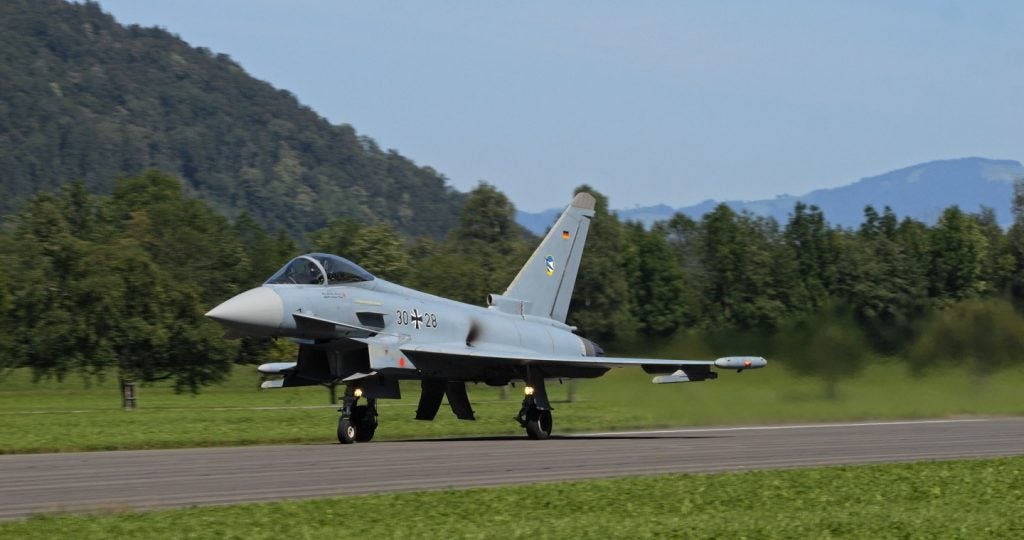
The Australian Department of Defence (DoD) has released the draft environmental impact statement (EIS) for the proposed flying operations of the F-35A Lightning II joint strike fighter aircraft.
Reviewed by the Department of the Environment, the draft EIS compares the environmental impacts of the F-35A with the current F/A-18A/B Hornet.
Air Combat group commander air commodore Tony Grady said: "These documents represent the most comprehensive environmental study ever undertaken by Defence and demonstrate Air Force’s commitment to transparency with the Australian community about Air Force operations, including aircraft noise."
The Royal Australian Air Force (RAAF) is replacing the F/A-18A/B Hornet fleet with 72 F-35A conventional take-off and landing aircraft manufactured by Lockheed Martin.
The fifth-generation aircraft will operate from RAAF Base Williamtown in New South Wales and RAAF Base Tindal in Northern Territory.
The aircraft will conduct training at Darwin, Pearce, Amberley, Townsville and Edinburgh bases.
How well do you really know your competitors?
Access the most comprehensive Company Profiles on the market, powered by GlobalData. Save hours of research. Gain competitive edge.

Thank you!
Your download email will arrive shortly
Not ready to buy yet? Download a free sample
We are confident about the unique quality of our Company Profiles. However, we want you to make the most beneficial decision for your business, so we offer a free sample that you can download by submitting the below form
By GlobalDataThe first of the F-35 aircraft will be delivered in late 2018 with the entire fleet planned to be supplied by 2022.
The draft statement deals with F-35A’s effect on land use, noise mapping, air quality, air hazards and risks, and water quality.
The Australian Government has plans to invest around $1.5bn on the construction of new facilities and infrastructure at Williamtown and Tindal bases.
According to the draft, the rise in the noise levels will be negligible but the RAAF will adopt a reduced thrust setting during climb and limit afterburner use on departure.
The replacement of F/A-18A/B Hornet aircraft with F-35A aircraft will result in a reduction in emissions for all pollutants except nitrogen oxide and sulphur dioxide at all the bases. The increase in the two gases will also be below the air quality criteria.
The draft statement said: "Compared to the flying operations of the F/A-18A/B Hornet aircraft, the introduction of the proposed flying operations of the F-35A aircraft will not result in a change of risk to people, property and the environment in relation to aircraft accident and incidents at all RAAF bases except RAAF Base Williamtown."
In Williamtown, the total flying hours of the F-35A will increase by 43% from those of the F/A-18A/B Hornet.
The public has been asked to submit their comments by 19 September for incorporation into the final EIS.
Image: Australia is acquiring 72 F-35A CTOL aircraft to replace ageing F/A-18A/B Hornet fleet. Photo: public domain.







